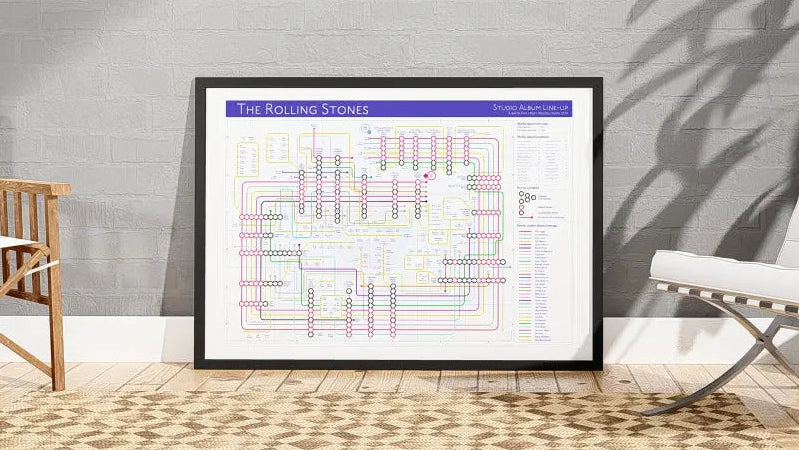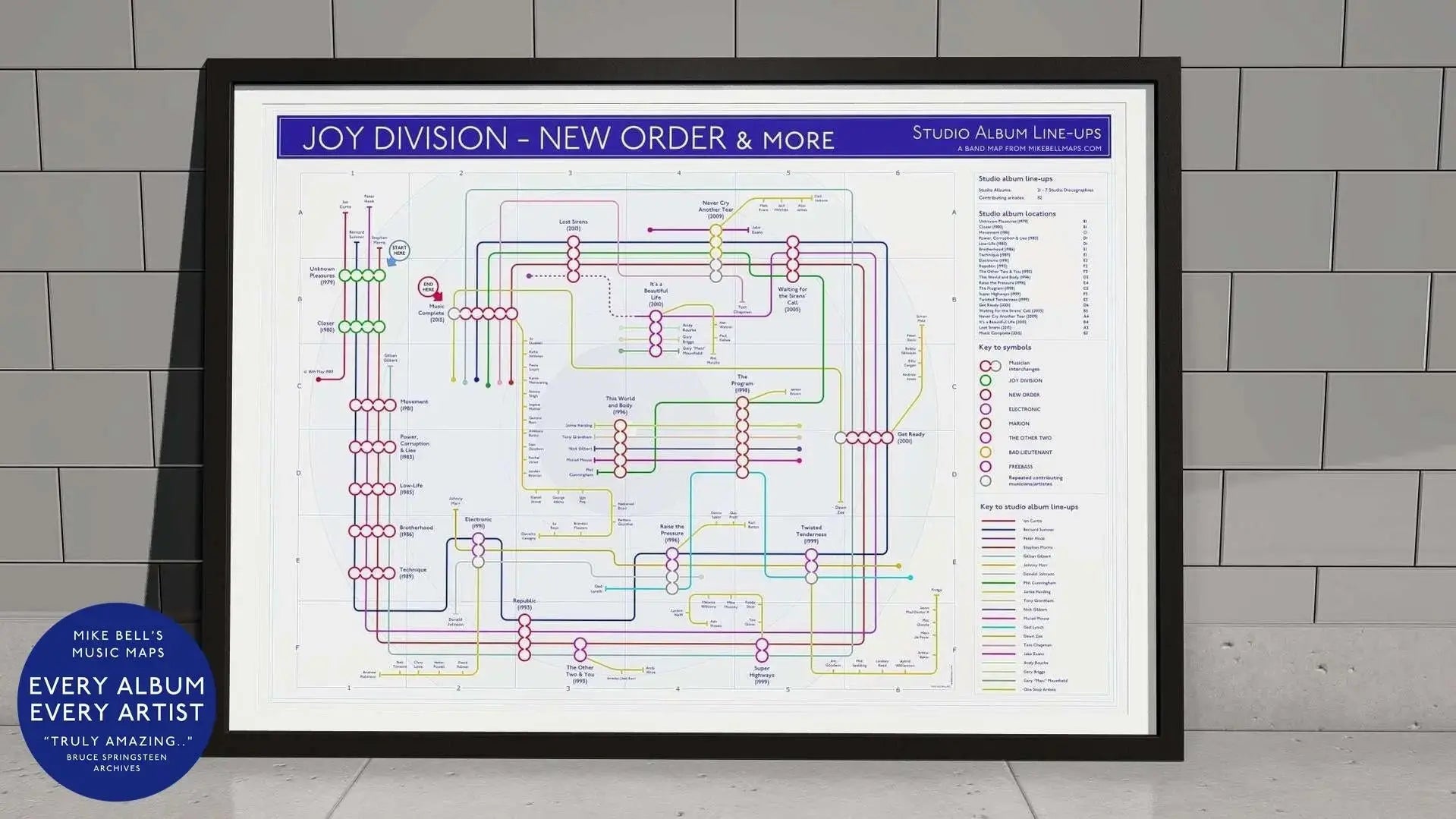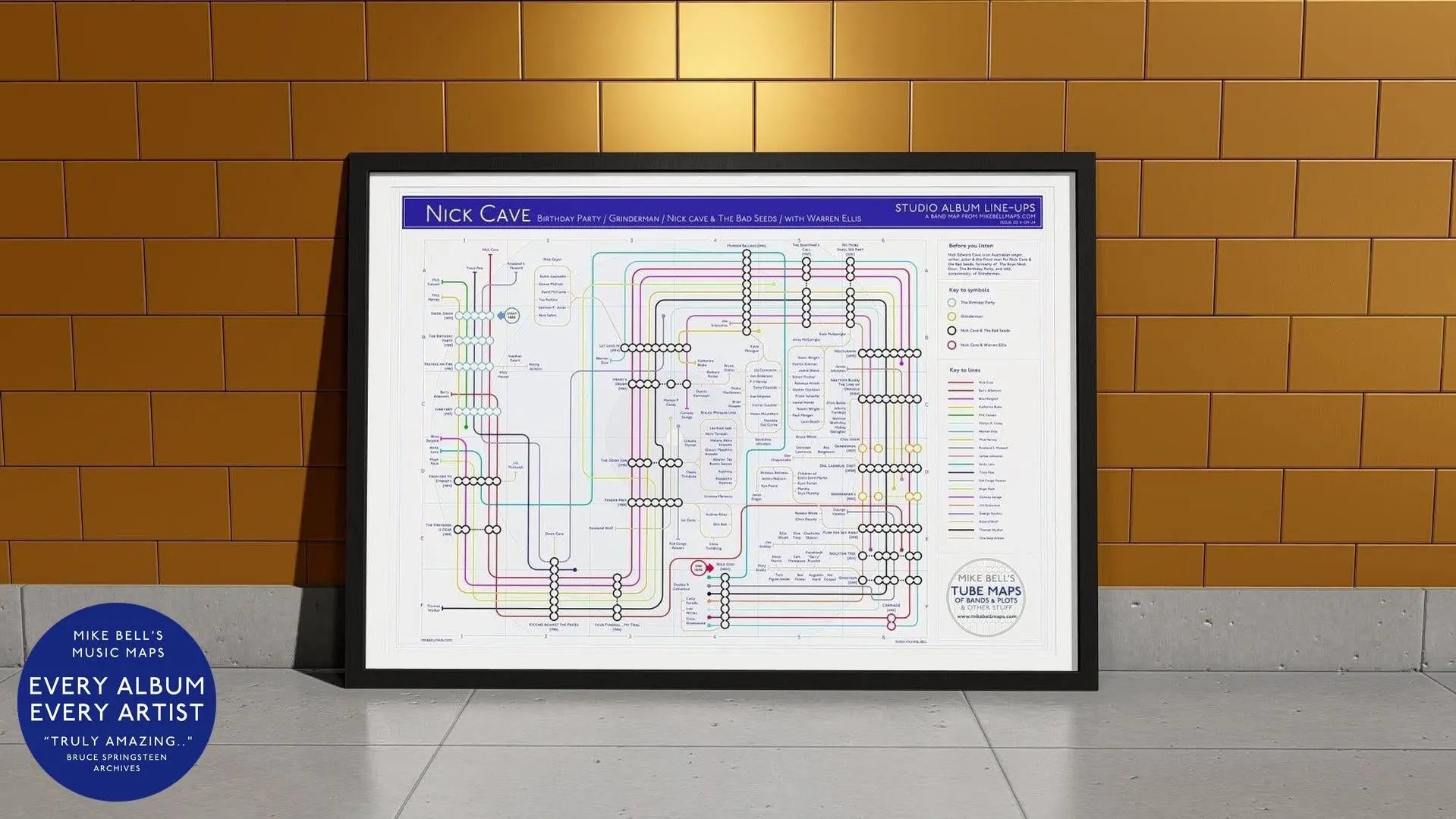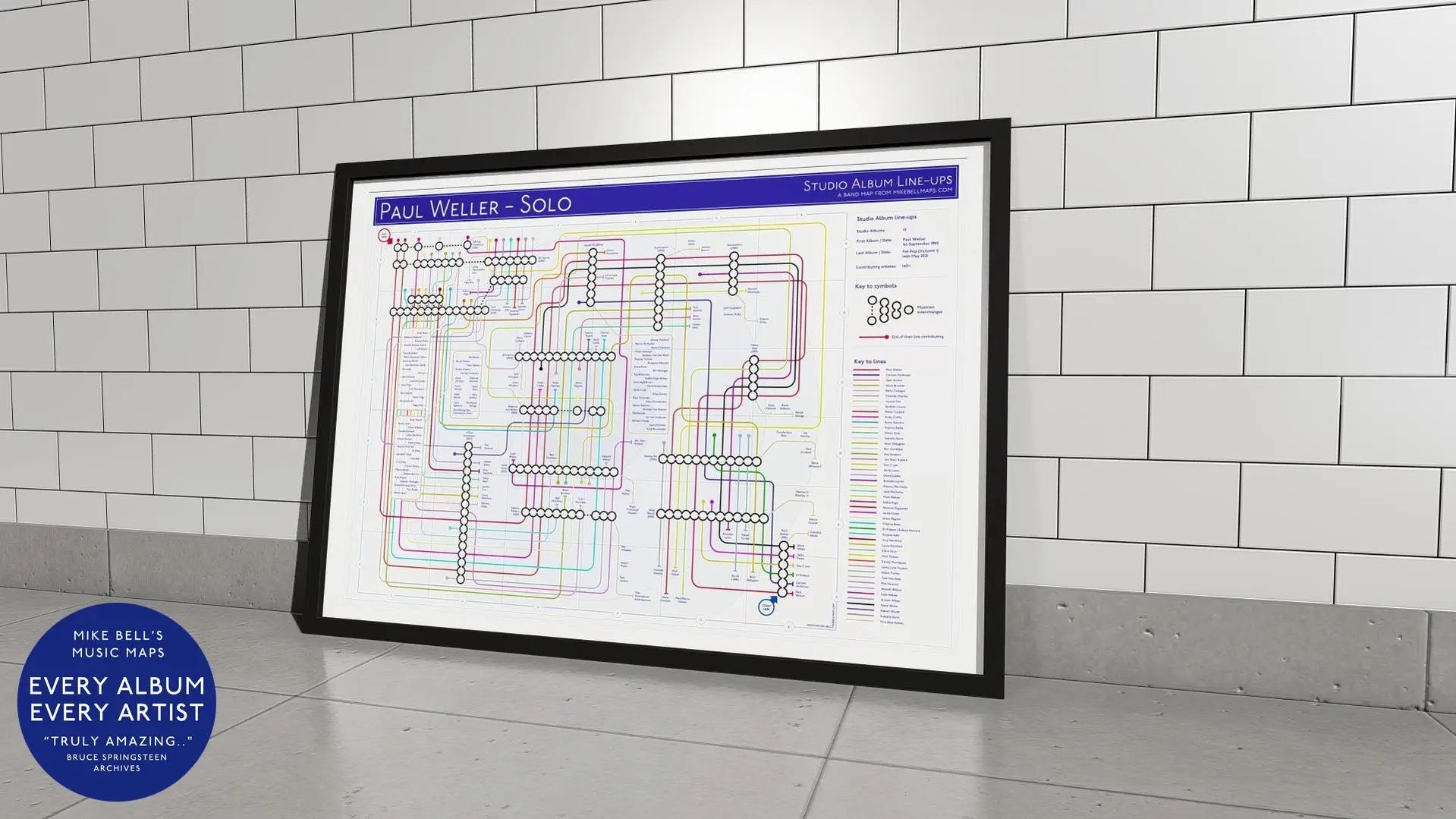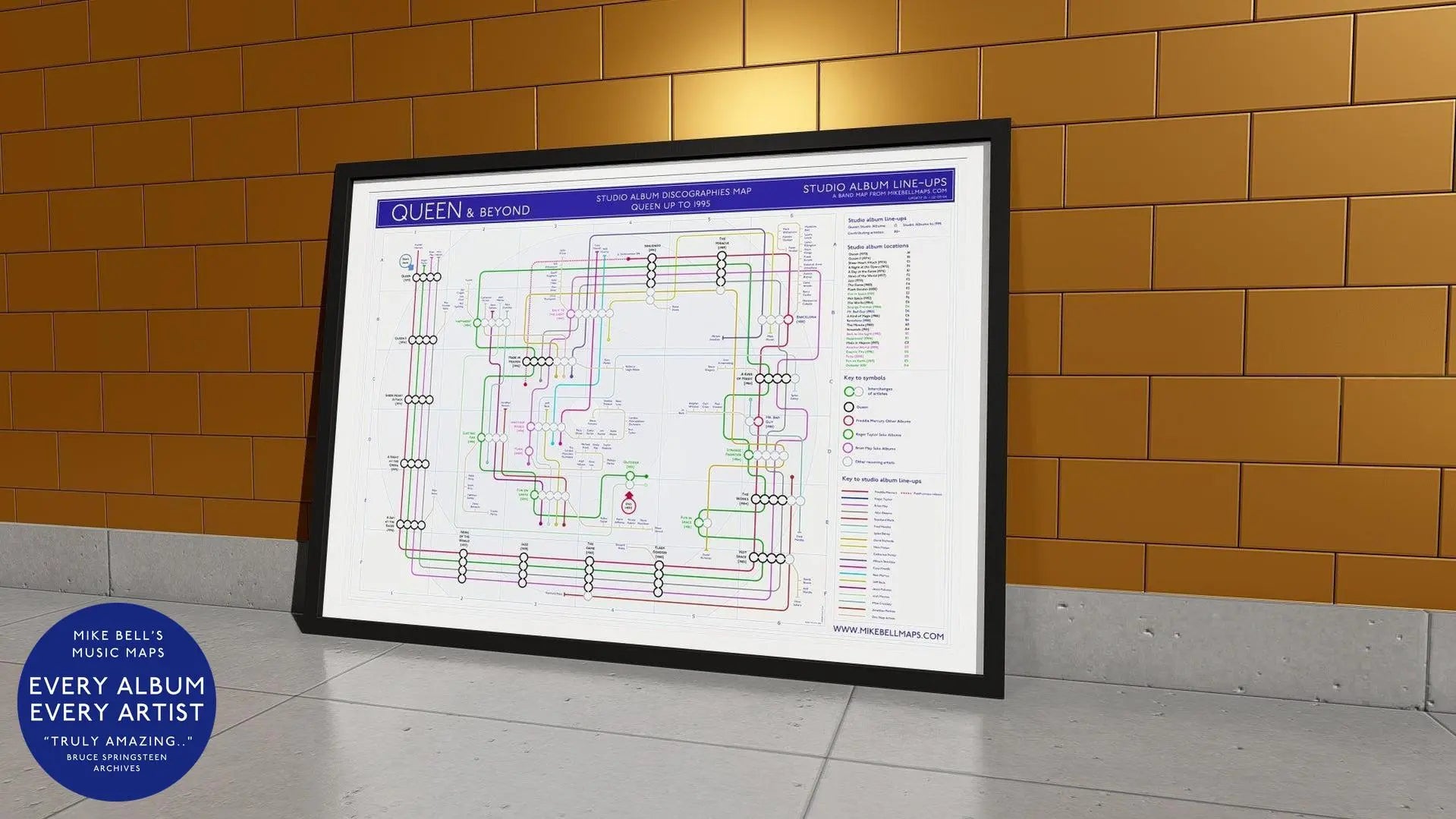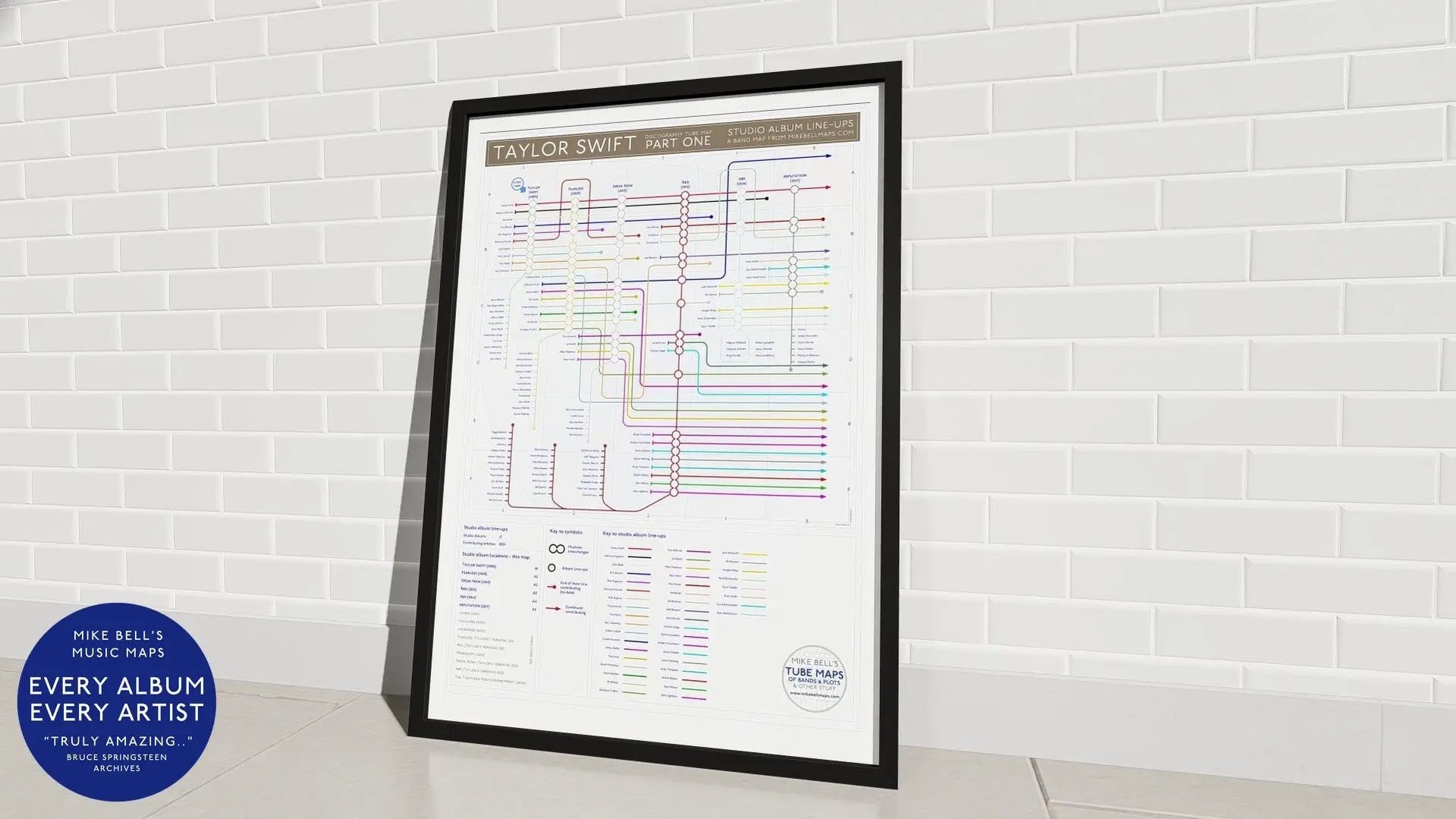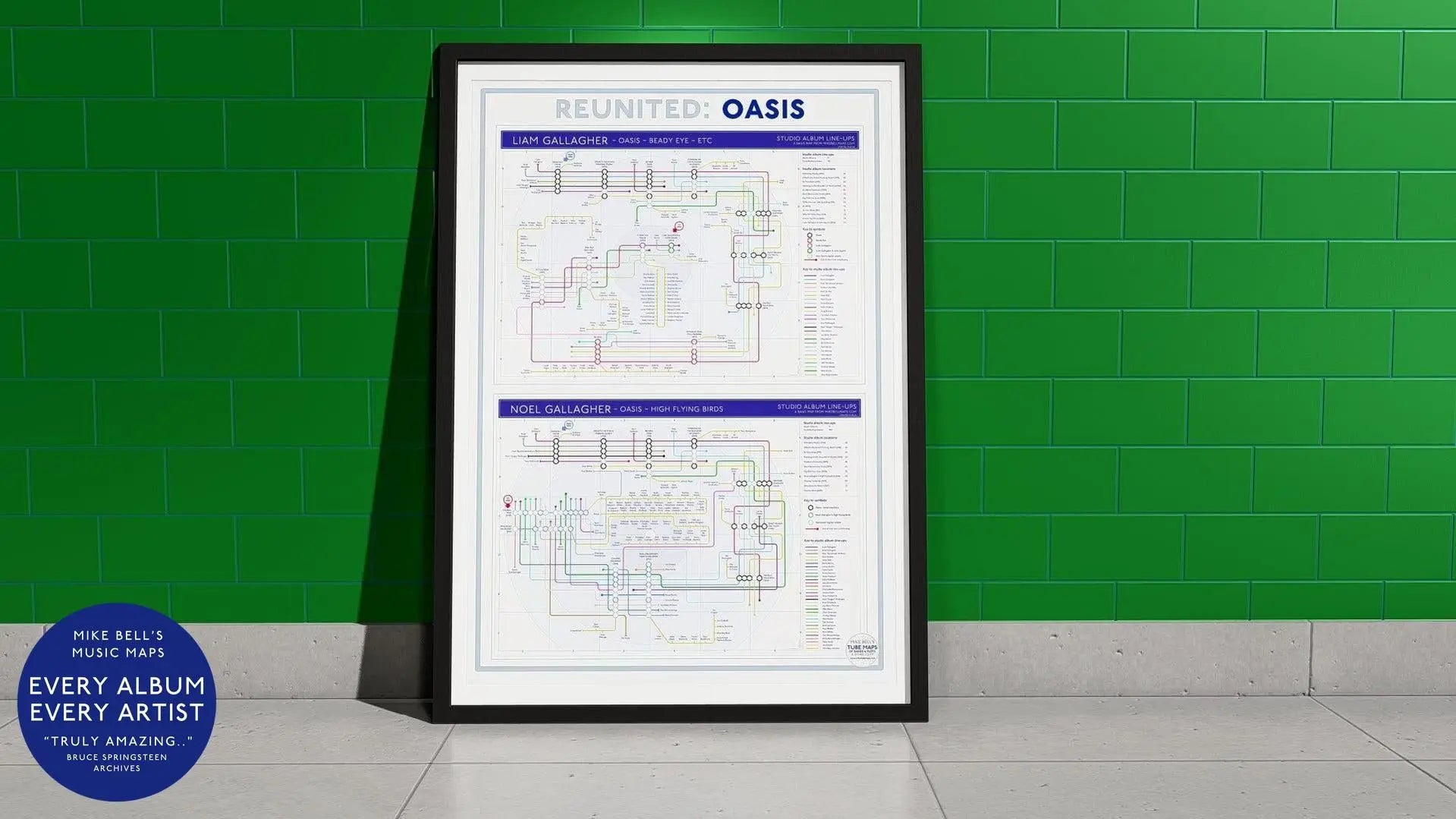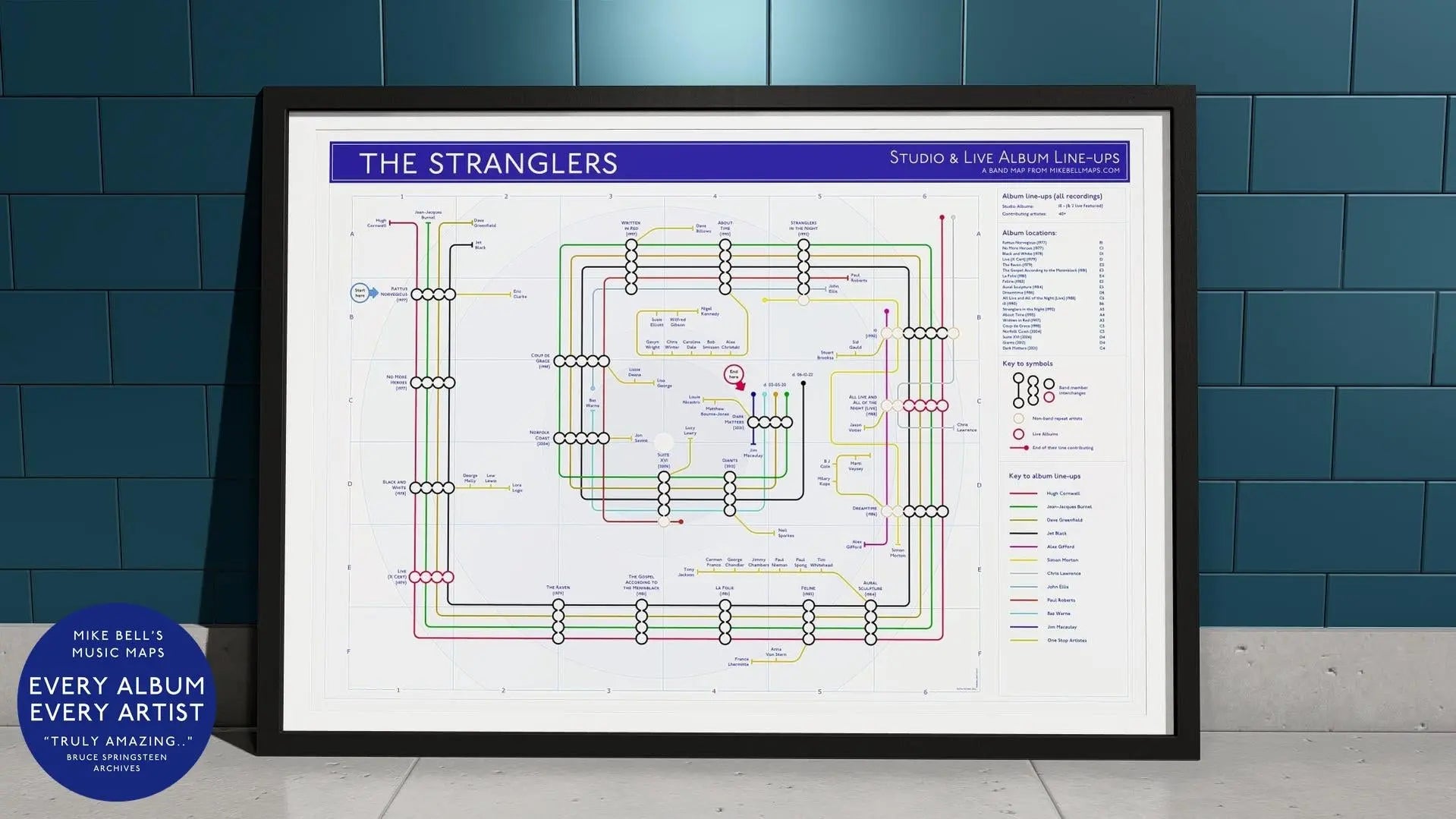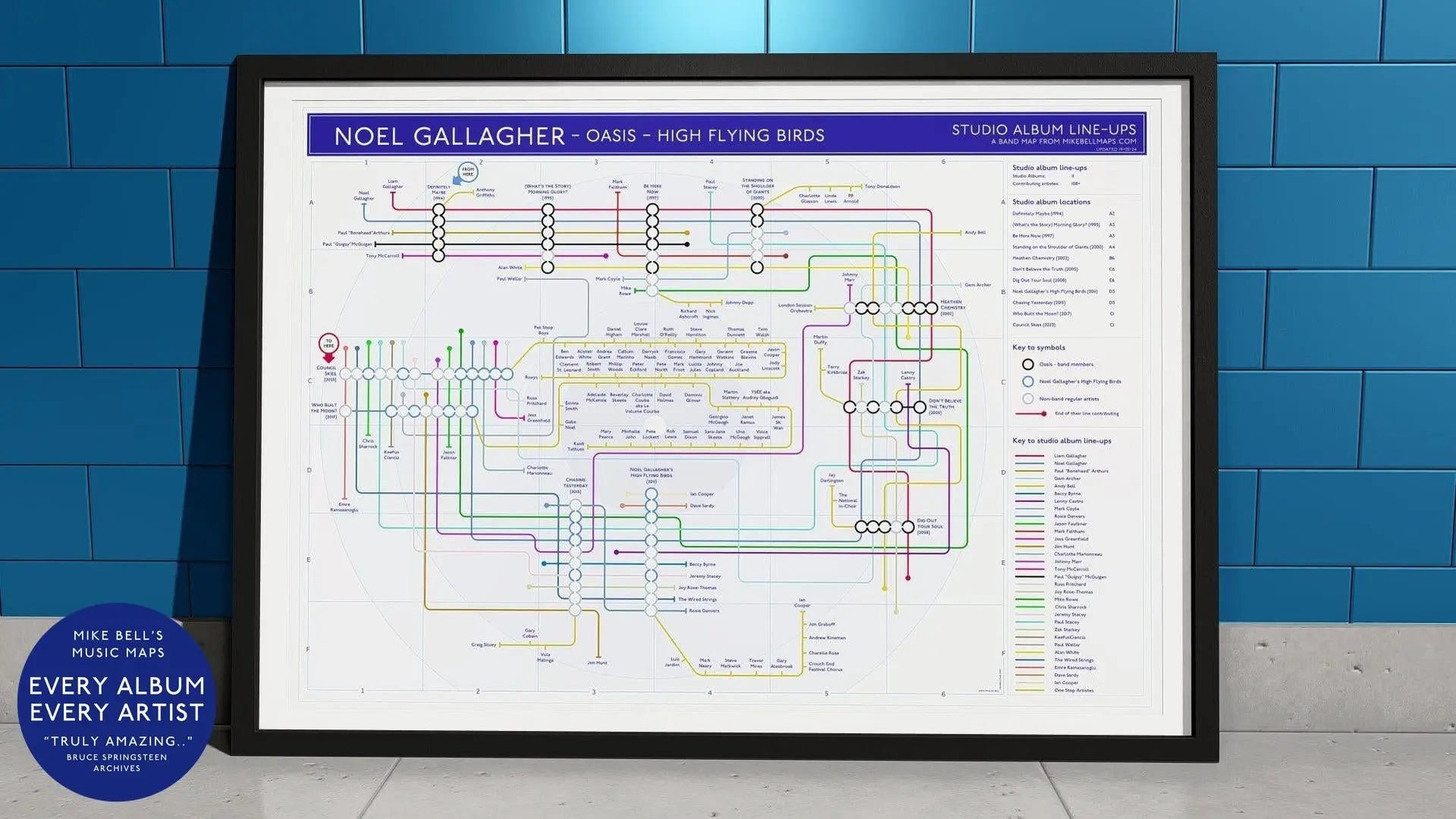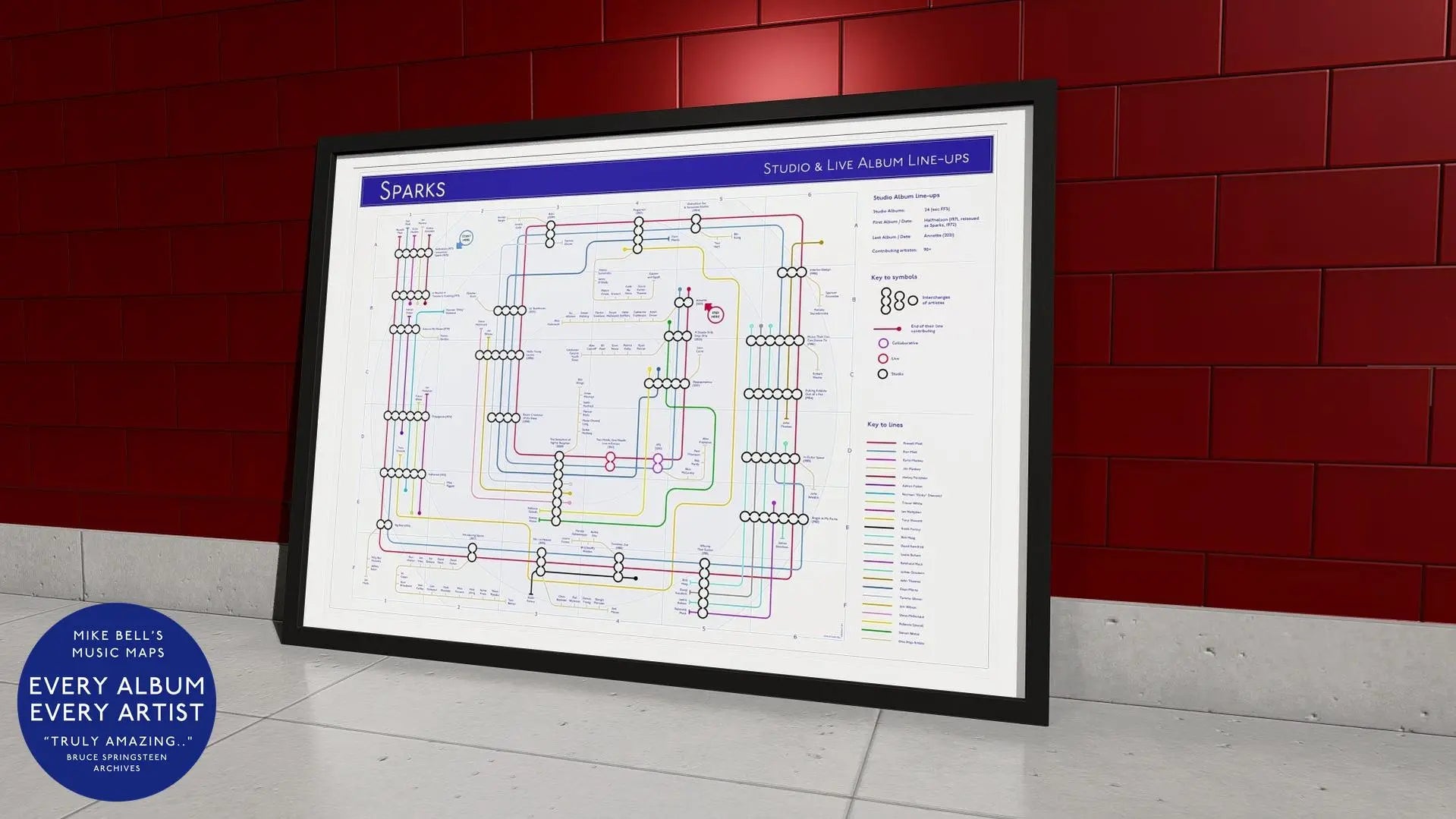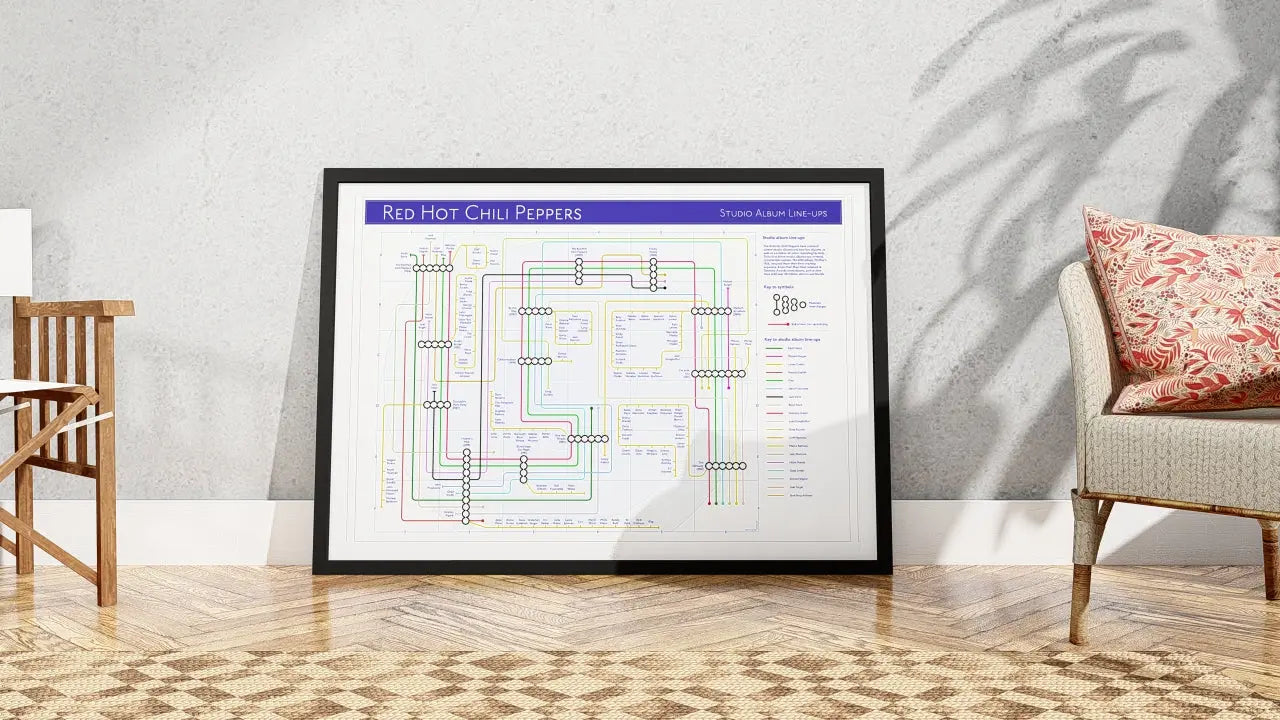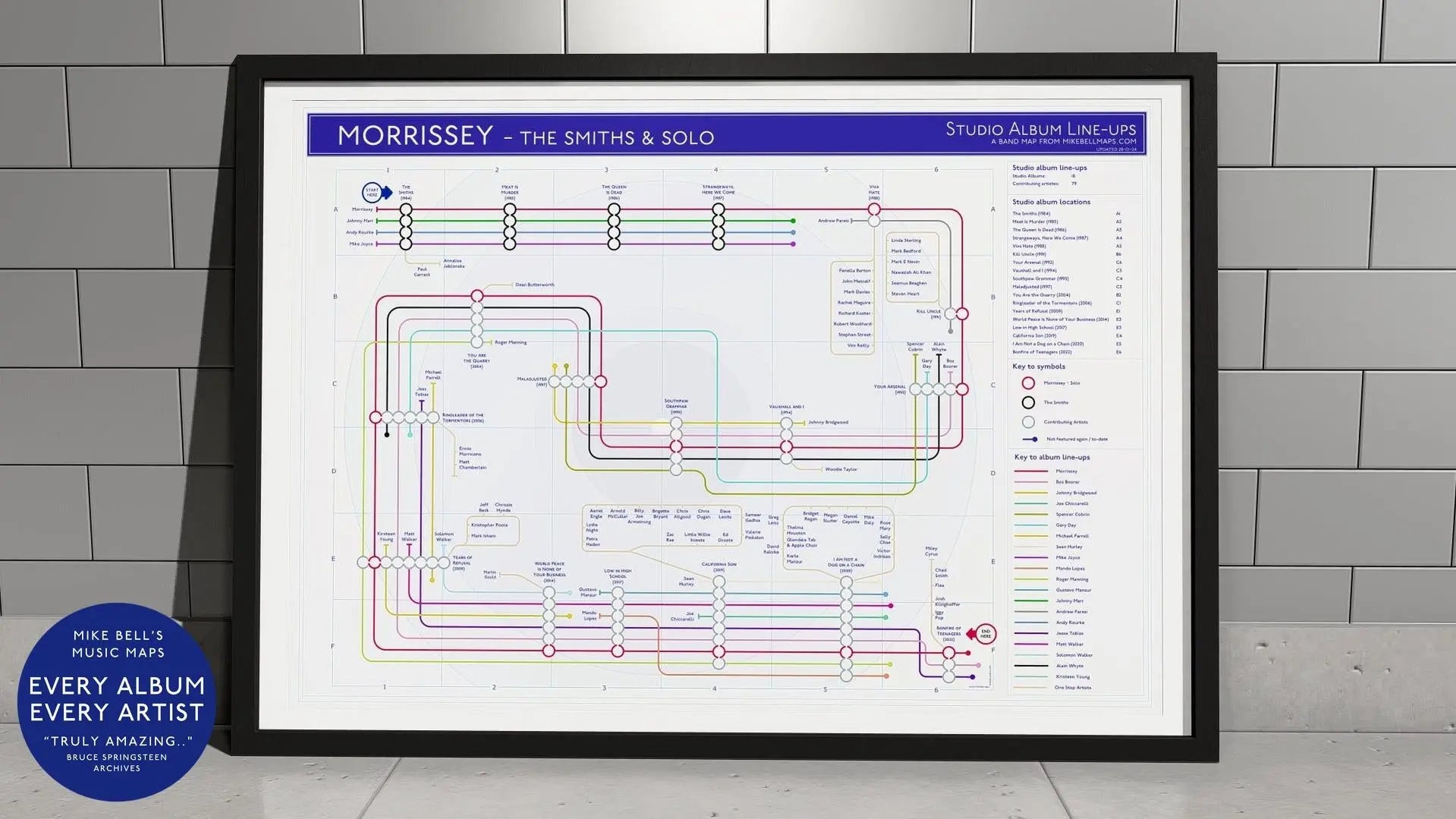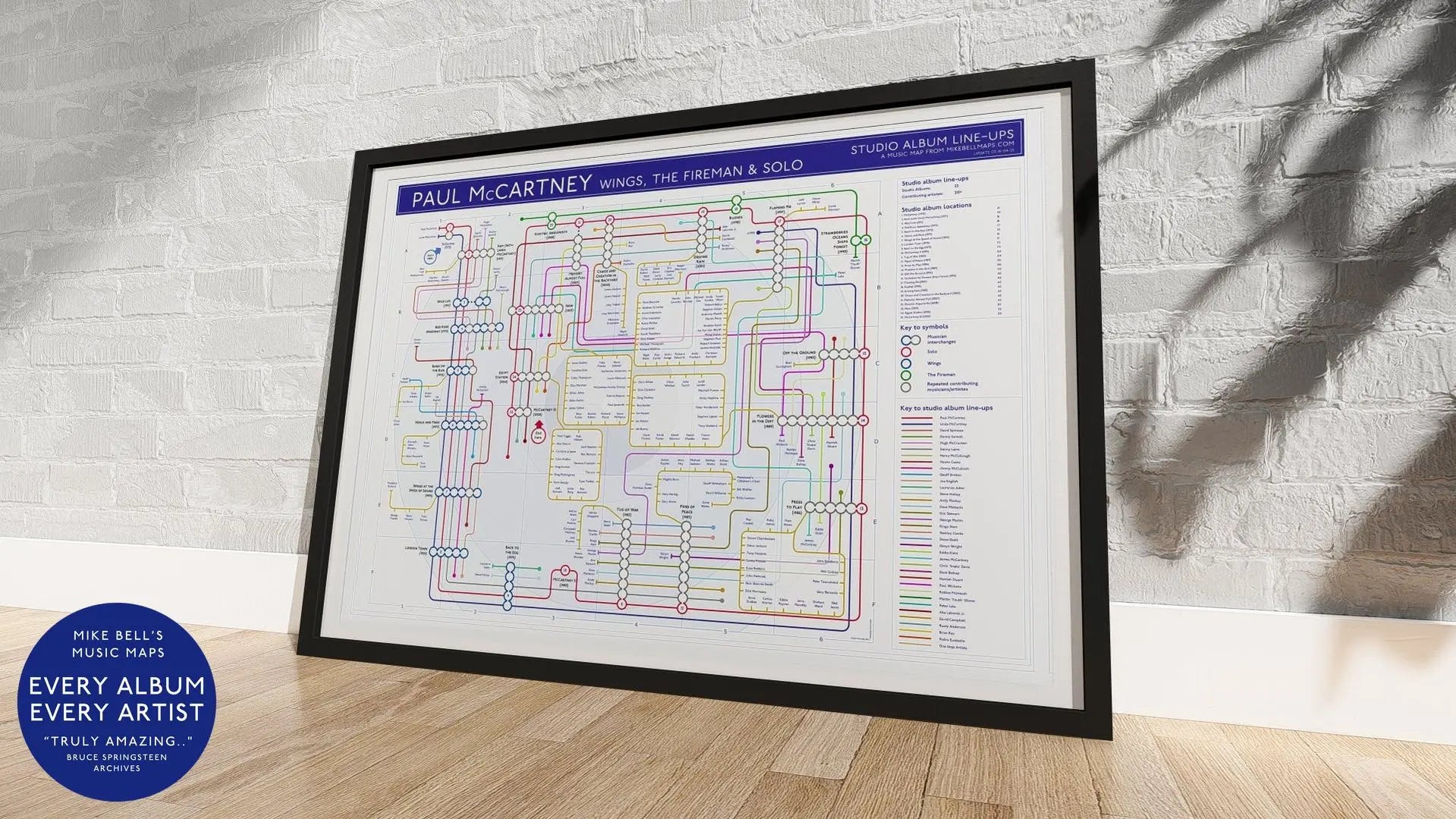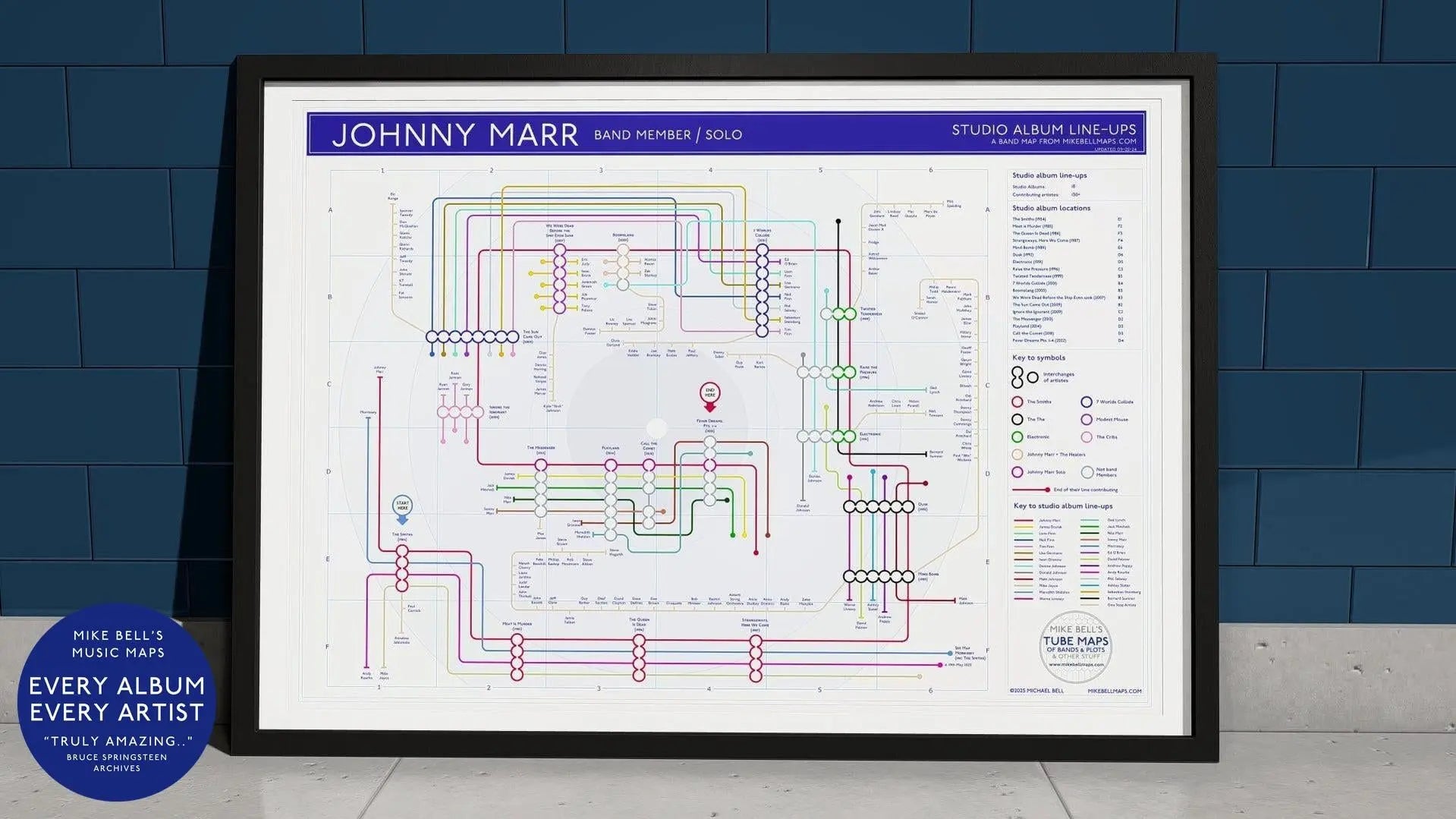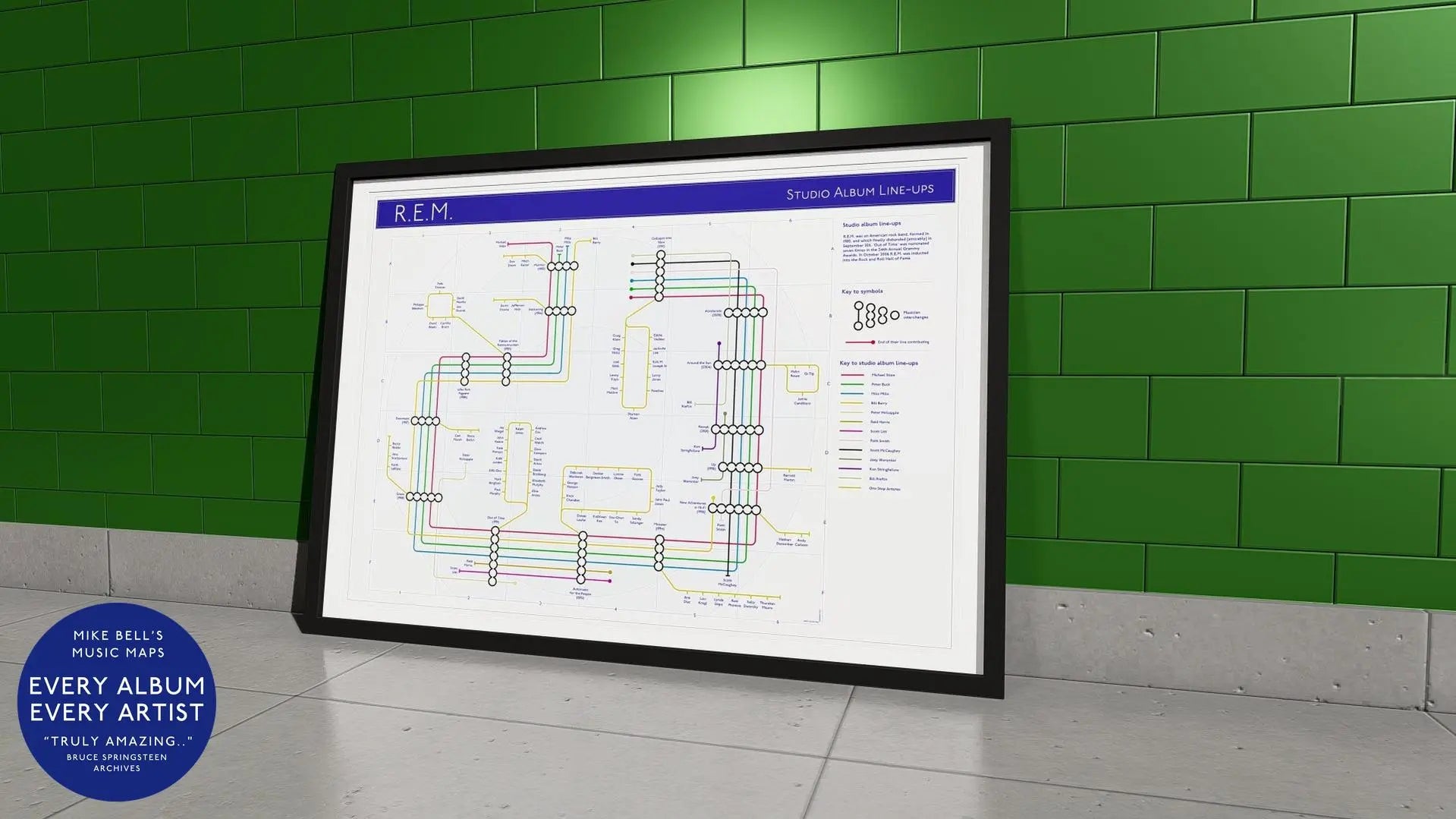
The Fifth Beatle and the Band’s Sonic Architect
by Mike Bell
·
George Martin’s involvement was crucial to The Beatles’ artistic and sonic development, so much so that he earned the title of “The Fifth Beatle.” Across the entire discography, his work blended classical training, studio experimentation, and technical imagination to transform rock songs into timeless works of art.

Consistent Involvement: Production and Engineering
George Martin maintained a core set of responsibilities across the entire catalogue, shaping every Beatles record from concept to final mix.
- Producer: Sole producer on all core Beatles studio albums, from Please Please Me (1963) to Let It Be (1970).
- Mixing: Consistently involved in mixing and mastering, balancing innovation with clarity.
- Arrangement and Composition: His classical background turned raw song ideas into complex, sophisticated arrangements. Martin’s orchestral direction remains one of pop’s most enduring achievements, particularly on songs like Eleanor Rigby and Yesterday.
Varying Involvement: Instrumental Contributions
Beyond the control room, George Martin frequently sat behind a piano, organ, or tape machine, adding subtle but vital layers to the Beatles’ recordings.
| Album | Instrument Contribution | Specific Track(s) Credited |
|---|---|---|
| Please Please Me (1963) | Piano and Celesta | “Misery” (piano), “Baby It’s You” (celesta) |
| With The Beatles (1963) | Piano and Organ | “You Really Got a Hold on Me,” “Not a Second Time,” “Money” (piano); “I Wanna Be Your Man” (organ) |
| A Hard Day’s Night (1964) | Piano | His piano doubled Lennon’s Rickenbacker jangle on the title track |
| Beatles for Sale (1964) | Piano | General producer and pianist credits |
| Help! (1965) | Piano | “You Like Me Too Much” |
| Rubber Soul (1965) | Piano and Harmonium | “In My Life” (piano), “The Word,” “If I Needed Someone” (harmonium) |
| Revolver (1966) | Piano and Hammond Organ | “Good Day Sunshine,” “Tomorrow Never Knows” (piano); “Got to Get You into My Life” (Hammond organ) |
| Magical Mystery Tour (1967) | Tape Loop Creation | Created the marching band tape loop for “Yellow Submarine” |
| The Beatles (White Album) (1968) | Shaker & Hammond Organ | “Dig It” (shaker), “Across the Universe” (Hammond organ) |
| Let It Be (1970) | String & Brass Arrangements | “Let It Be,” “I Me Mine,” “The Long and Winding Road” |
Specific Arrangement and Orchestral Roles
Martin’s classical knowledge profoundly shaped The Beatles’ later sound, as the band moved into their most experimental and ambitious era.
- Symphonic Arrangements: His string arrangement for Eleanor Rigby (featuring a double string quartet) became one of the most famous orchestral moments in rock history.
- Brass and Horn Sections: Arranged and co-conducted the horn section on Got to Get You into My Life with Paul McCartney.
- Conducting: Conducted the harp part performed by Sheila Bromberg on She’s Leaving Home (arranged by Mike Leander).
- Late-Career Orchestration: Provided the string and brass arrangements for Let It Be, continuing his symphonic influence through the Beatles’ final recordings.
- Electronic Innovation: Pioneered the use of tape loops, sound collage, and studio manipulation on Tomorrow Never Knows and other groundbreaking tracks.
George Martin’s Lasting Legacy
George Martin didn’t just produce The Beatles, he expanded what pop music could be. His orchestral precision, willingness to experiment, and understanding of harmony elevated the band’s vision from catchy pop to lasting art. Every Beatles album bears his creative signature, proving that behind every groundbreaking band, there’s often one brilliant collaborator turning chaos into clarity.
Explore More Beatles Research
You can see George Martin’s influence visualised in my artwork: The Beatles Albums Music Map. It charts every album, every collaborator, and every musician—revealing how Martin’s genius intertwined with Lennon, McCartney, Harrison, and Starr to change music history forever.

Q&A: George Martin’s Role in The Beatles’ Music
Why is George Martin called the “Fifth Beatle”?
He produced every Beatles studio album and helped transform their raw ideas into polished, boundary-breaking recordings through his classical and technical expertise.
What instruments did George Martin play on Beatles songs?
He played piano, organ, harmonium, celesta, and even percussion on numerous tracks—including Misery, In My Life, and Good Day Sunshine.
Which Beatles songs feature George Martin’s orchestral arrangements?
Notably, Eleanor Rigby, Yesterday, She’s Leaving Home, and Let It Be, among others.
What was George Martin’s most experimental contribution?
His tape loops and studio sound design on Tomorrow Never Knows marked one of pop’s earliest ventures into electronic music.
Did George Martin work on Let It Be?
Yes, he contributed to orchestral arrangements on Let It Be, The Long and Winding Road, and I Me Mine, even as the band neared its breakup.
If you’re looking for a standout gift for a music fan, check out my THE BEATLES Albums in Order – Ideal Gift for Fans print. Crafted with meticulous research and design, this art print visualises every one of The Beatles’ 13 UK studio albums in chronological order while also mapping each collaborating musician, session guest, and more. Produced on demand in premium archival-quality formats (A3, A2, and A1), it’s both decorative and historically rich - ideal for fans who appreciate design and depth.











